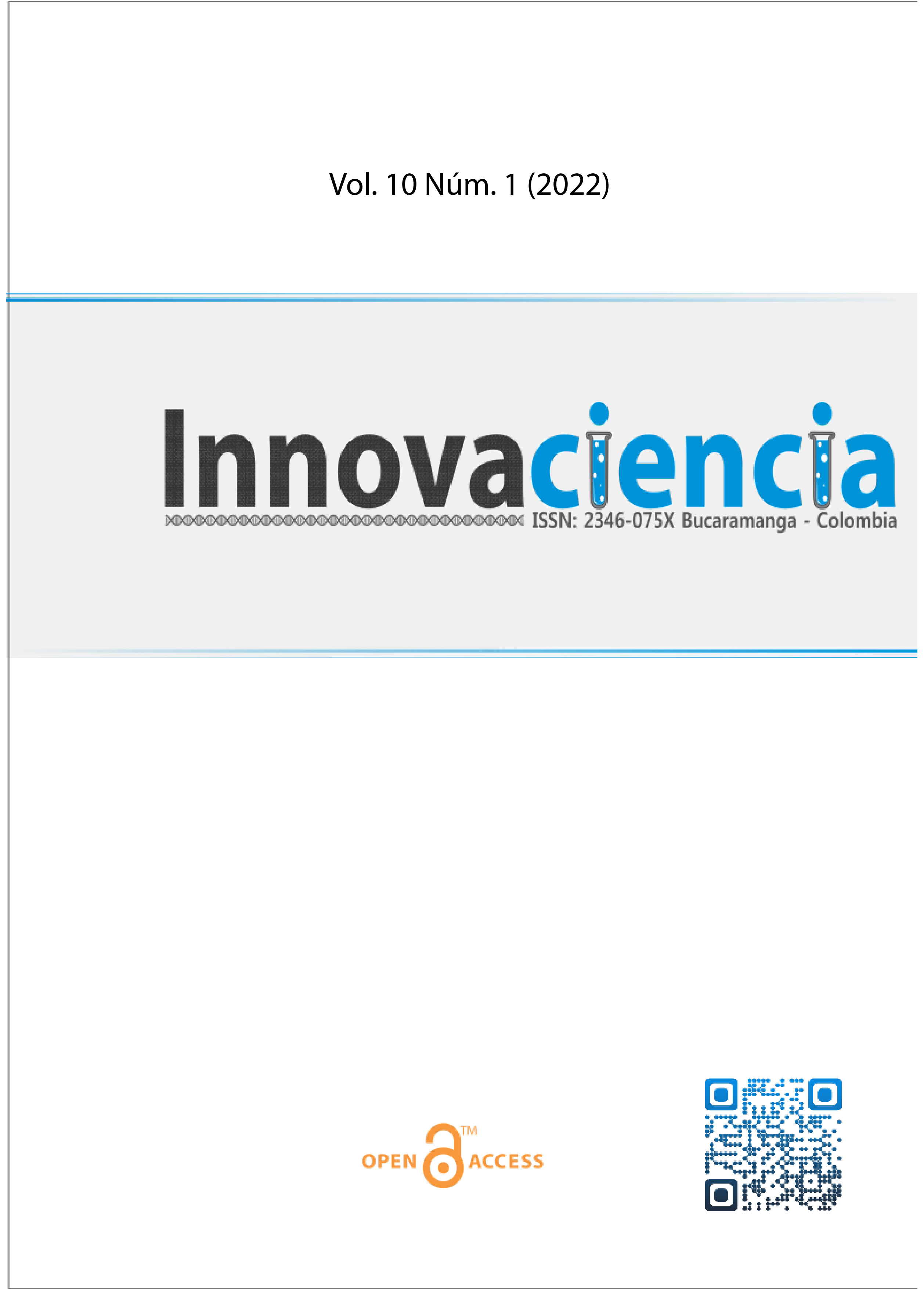The city as an artistic vision in the paintings of Kazakhstan: The period from Soviet realism to contemporary art
DOI:
https://doi.org/10.15649/2346075X.2964Palabras clave:
Paintings, Philosophy of Arts, Image of the City, Painting History, Picture of the WorldResumen
Introduction: The article is devoted to study the problem of the artistic icon in the painting of Kazakhstan in the 20th and 21st centuries. Materials and Methods: The vision of the city became one of the most popular, important and noticeable even at the stage of formation of the Kazakh painting school in the thirties of the twentieth century. Then the ideas of progress were concentrated and visually manifested in it. Results and Discussion: Optimism and faith for the future were visualized in numerous storylines of industrial landscape, as a new genre of Soviet art that arose within the framework of Soviet realism. Along with the changes taking place in the history of the country, the picturesque image of the city in the works of Kazakh masters developed and was filled with new meanings. From the naive idealization of the urban landscape in the images of A. Kasteev, to the emotional impressions of the urban seasons in the works of A. Cherkasskiy; from the symbolic-conditional dreamy-romantic image of the city in the art of the "thaw" by S. Mambeev, A. Dzhusupov, K. Mamakov to the abstraction and iconic sketchiness of M. Bekeev, G. Madanov and others. Conclusions: The image of the city as a semantic and philosophical category in the painting of Kazakhstan turned out to be a vivid indicator of the social, cultural and artistic evolution of our history. The picture of the world, the rhythm and pace of different periods of time are clearly revealed in the urban landscape genre, as many conceptual, cultural, aesthetic and even moral imperatives are intertwined here.
Referencias
Baimagambetov SK, Belovich AYa, Ermegeyaev AD. Architecture and construction of Kazakhstan: Photobook. Almaty: The Golden Book; 20004.
Gelfond A. Business centeras a new type of public building. Nizhny Novgorod: Nizhny Novgorod State University of Architecture and Civil Engineering; 2002.
Gelfond A. Architectural design of public buildings and structures. Moscow: Arhitectura-C; 2007.
Orelskaya OV. Contemporary Foreign Architecture. Moscow: The Academy Publishing Centre; 2006.
Zakharova AV, Maklakova TG, Ilyashev AS. Architecture of Civil and Industrial Buildings. Moscow: Stroyizdat; 1993.
Ignatieva NV. Modern trends in the development of business centers in large cities of Kazakhstan. Almaty: Kazakh Head Academy of Architecture and Civil Engineering; 2010.
Mir MA, Al-Kodmany K. (2012). Tall Buildings and Urban Habitat of the 21st Century: A Global Perspective. Build. 2012. 2(4):384-423. https://doi.org/10.3390/buildings2040384
Galimzhanova A, Glaudinova M, Truspekova Kh, Galimzhanov S. Identity in the Modern Architecture of Kazakhstan Mosques: Ijtihad Principle. Int J Eng Res & Tech. 2020. 13(5):923-928. https://doi.org/10.37624/IJERT/13.5.2020.923-928
Kabylov DB, Moldabekov M, Koshenov K, Amandykova D, Ostapenko II, Mugzhanova G, Gvozdikova T, Bryantsev AA. Compositional aspects of urban environment organization. Man India. 2017. 97(4):281-297.
Nabiev AS, Nurkusheva LT, Suleimenova KK, Sadvokasova GK, Imanbaeva ZA. Virtual reconstruction of historical architectural monuments. Int J Eng Inn Tec& Explor Eng. 2019. 8(10):3880-3887. https://doi.org/10.35940/ijitee.J9901.0881019
Yestemessova АS, Altayeva ZN, Sarsenbayev BK, Budikova AM, Karshygayev RO. Modifying additive for concrete based on shungite processing waste. IOP Conf. S: M Sci & Eng. 2020. 945:1-7. https://doi.org/10.1088/1757-899X/945/1/012042
Zhaina T, Moldabekov M, Koshenov K, Mugzhanova G. Roles of public ethnocultural spaces in Kazakhstan. Astra Salvensis. 2018. 6(1):761-774.
Descargas
Publicado
Cómo citar
Descargas
Número
Sección
Licencia
Todos los artículos publicados en esta revista científica están protegidos por los derechos de autor. Los autores retienen los derechos de autor y conceden a la revista el derecho de primera publicación con el trabajo simultáneamente licenciado bajo una Licencia Creative Commons Atribución-NoComercial 4.0 Internacional (CC BY-NC 4.0) que permite compartir el trabajo con reconocimiento de autoría y sin fines comerciales.
Los lectores pueden copiar y distribuir el material de este número de la revista para fines no comerciales en cualquier medio, siempre que se cite el trabajo original y se den crédito a los autores y a la revista.
Cualquier uso comercial del material de esta revista está estrictamente prohibido sin el permiso por escrito del titular de los derechos de autor.
Para obtener más información sobre los derechos de autor de la revista y las políticas de acceso abierto, por favor visite nuestro sitio web.
















